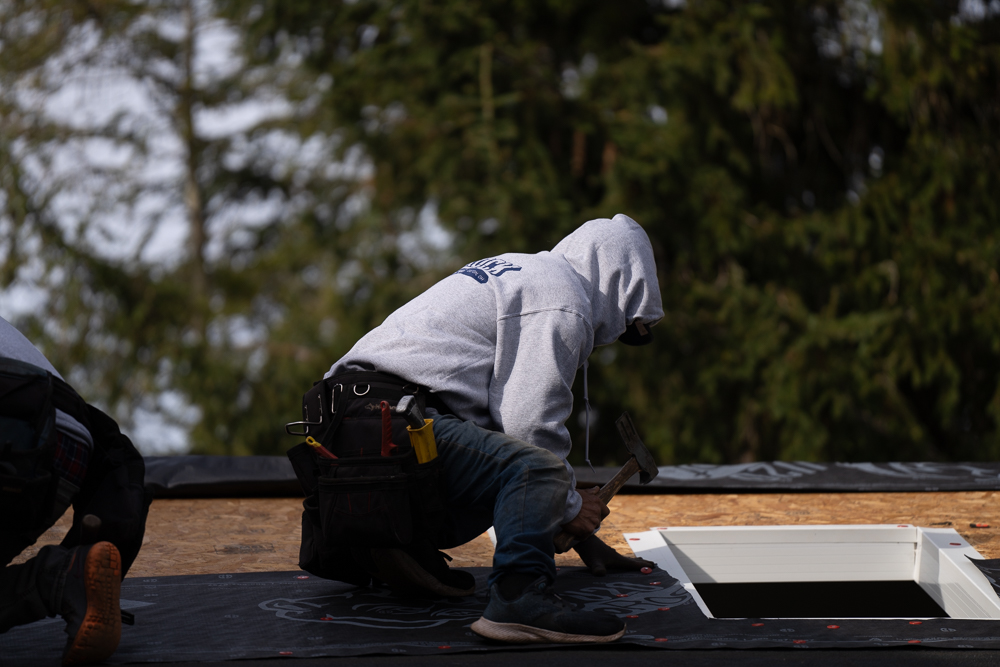
Roofs aren’t meant to last forever. Most roofs last around 20-25 years before they’re in need of maintenance or replacement. If you roof is over 20 years old, chances are you need a new one. While normal wear and tear takes a toll on your roof over time, singular events like storms, heavy winds, and natural disasters can also cause significant damage. 2024 has been one of the most active severe weather years with the second most active tornado season on record.
Issues with your roof can happen thanks to Mother Nature or they can progress over many years, so the team at Solid Rock Roofing say it’s important to know what signs and symptoms you should look out for, such as:
- Curled, cracked and buckled shingles. These could be signs the shingles have gone past their life expectancy.
- Shingle granules in the gutter. Shingles tend to lose granules as they age. When these granules start to collect in your gutter, it’s a sign your roof may need a repair.
- Skyrocketing utility bills. Your roof acts as an insulator. It keeps the cold in during the summer and heat in during the winter. As your roof ages, its ability to maintain a consistent temperature declines. Your roof’s lack of quality ventilation could be why your bills are higher than normal.
- Leaking. If your roof shows any sign of leakage, it’s time to replace or repair it immediately. Issues like leaking tend to snowball, so it’s necessary to get out in front of the problem to keep your family & investment safe. Also, be wary of sunlight in your attic. If there are any holes in your roof, you will be able to notice streaks of light coming in through your roof.
- Sagging. If you roof is sagging, call someone immediately. A sagging roof is indicative of a faulty structure or severe moisture intrusion.
- It just looks bad. If your roof appears ratty, tattered or discolored, it may be time to explore replacement options. Watch out for algae or moss growth. While they aren’t physically harmful to your roof, algae and moss can pose cosmetic issues.
We recommend scheduling an inspection with a qualified professional, if you notice any of these signs at your residence.
